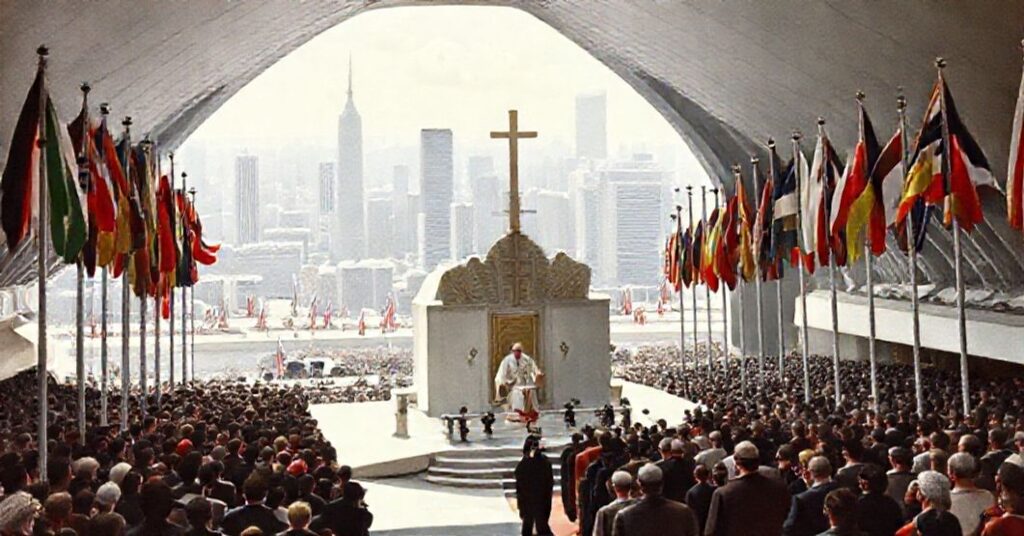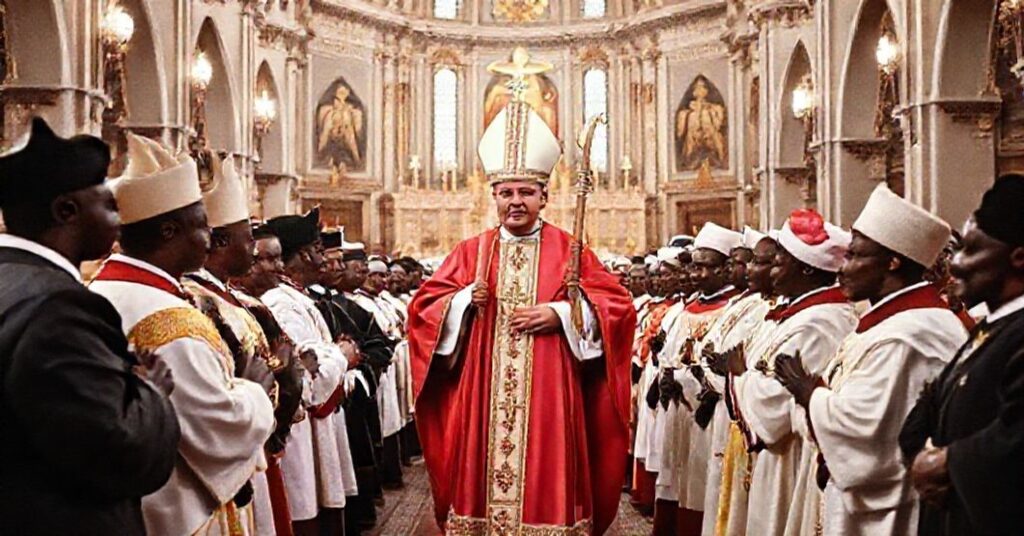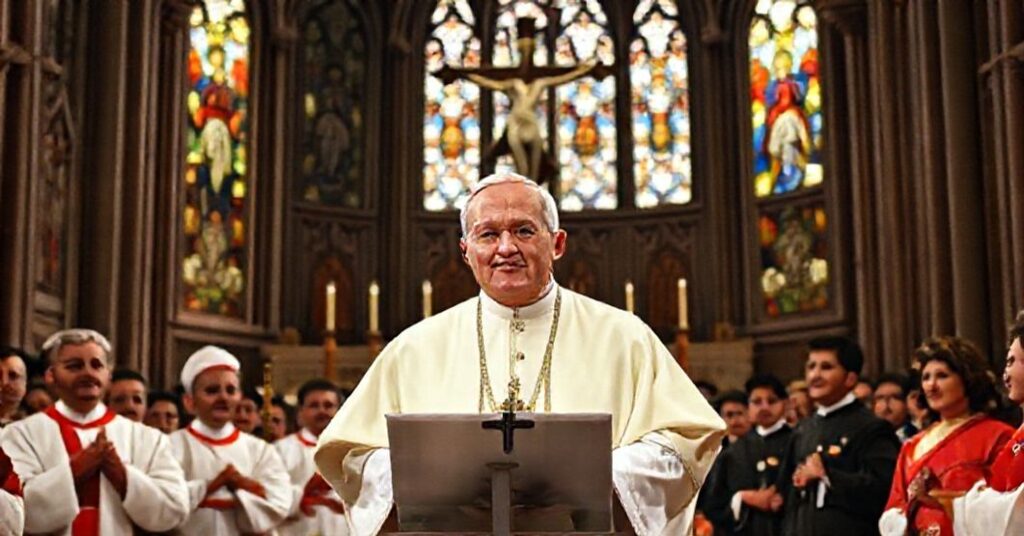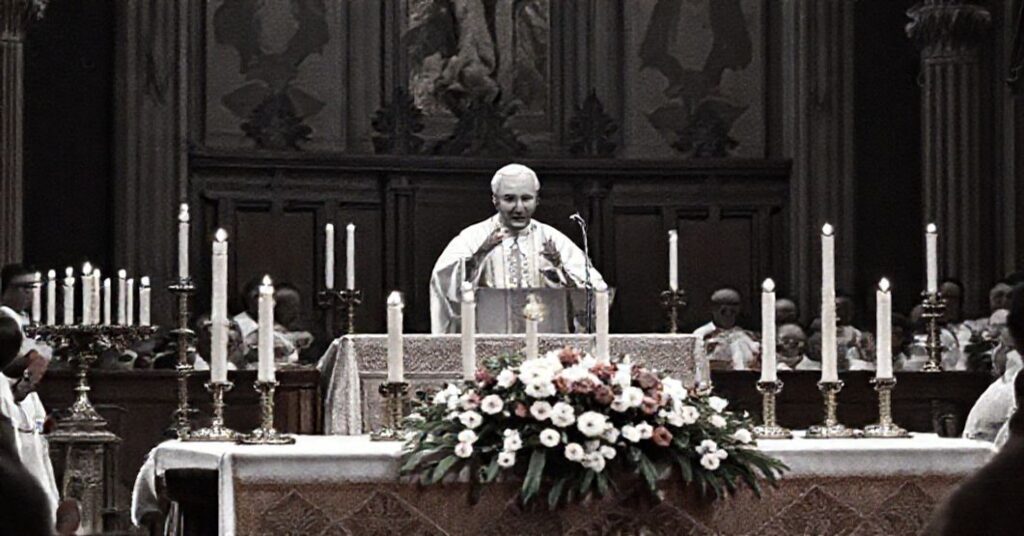Portus Moresby (1959.07.16)
The constitution Portus Moresby, issued by the usurper John XXIII in 1959, is a juridical act that reorganizes territories in Papua by carving out from the then Apostolic Vicariate of Port Moresby a new Apostolic Vicariate (“Insulae Yule”) and a new Apostolic Prefecture (“Daruensis”), redefining boundaries between Port Moresby and Samarai, and entrusting the new circumscriptions to specific missionary congregations, while clothing the whole in traditional curial legal form and threats of canonical penalties for non-compliance.










